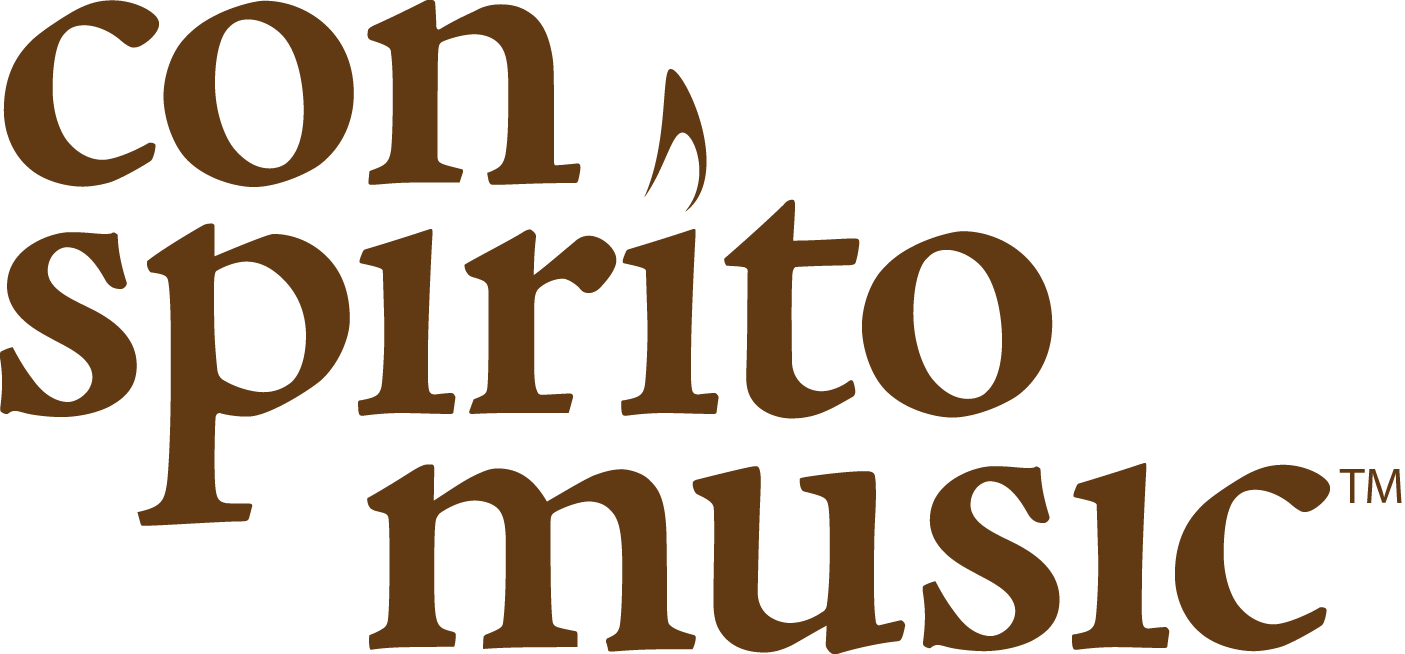One of the “Great Four” Anglican hymns of the 19th century, Charles Wesley’s (1707-1788) “Hark! The Herald Angels Sing” first appeared in the 1739 collection, Hymns and Sacred Poems, by Wesley and his brother John (1703-1791) under the title “Hymn for Christmas-Day.”
Based on a verse from the Gospel of Luke (“Glory to God in the highest, and on earth peace, good will toward men.” — 2:14), the hymn tells of an angelic host singing praises from Heaven above to Christ — the God incarnate, Savior and Redeemer of the world.
George Whitefield, a fellow Anglican cleric and founder with the Wesley brothers of the evangelical movement known as Methodism, adapted the hymn and published it in his 1754 Collection of Hymns for Social Worship. Additional revisions were made by other editors, including the repetition of the opening lines, “Hark! the herald angels sing / glory to the new-born king” at the end of each stanza, as it is commonly sung today.
Wesley envisioned his hymn being sung to the same tune as his “Christ the Lord is Risen Today” (published as “Hymn for Easter-Day” in Hymns and Sacred Poems). However, the tune MENDELSSOHN, an adaptation by English musician William H. Cummings (1831-1915) of music from Felix Mendelssohn’s 1840 secular cantata, Festgesang, is overwhelmingly associated with Wesley’s text today.
This arrangement proceeds as follows:
- Introduction: brass, organ, timpani
- Verse 1: organ
- Verse 2: brass, timpani
- Interlude
- Verse 3: organ, brass, timpani, with alternate harmonization
Full score, parts for organ, Bb tpt. 1, Bb tpt. 2, F horn, tbn, tuba, timpani, and reproducible bulletin insert for voices — $25
